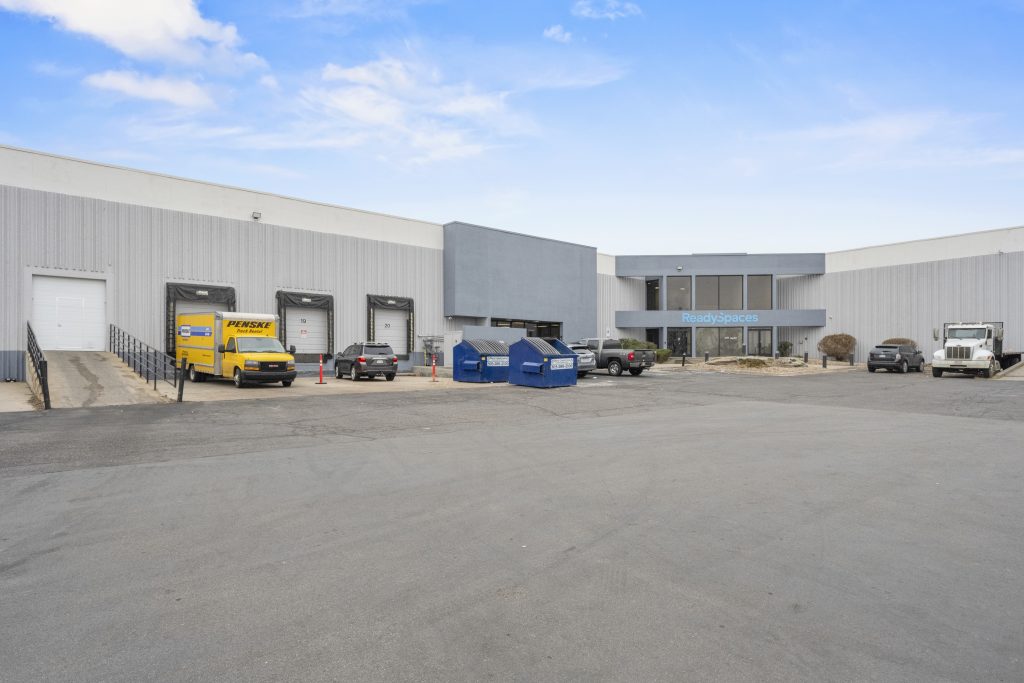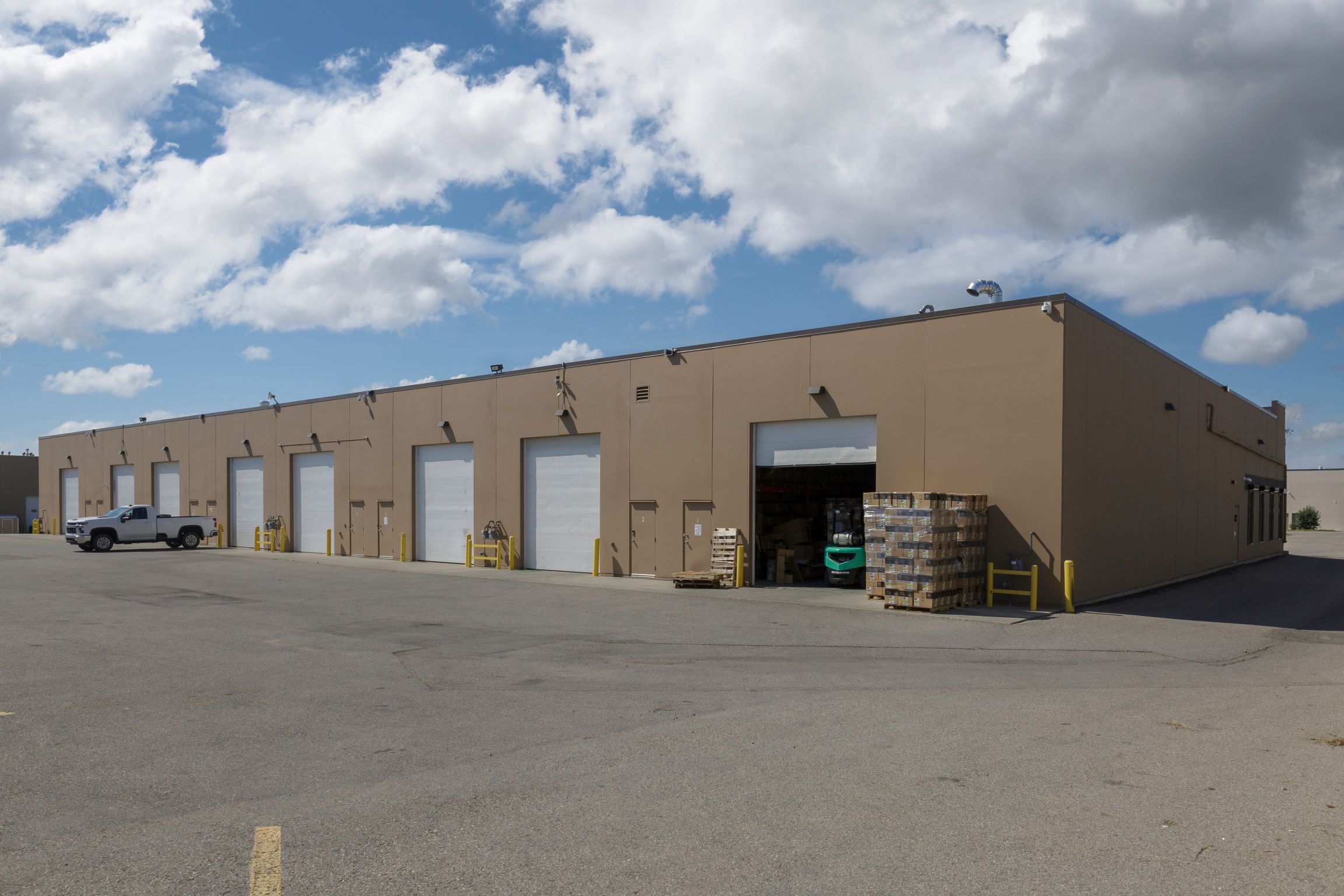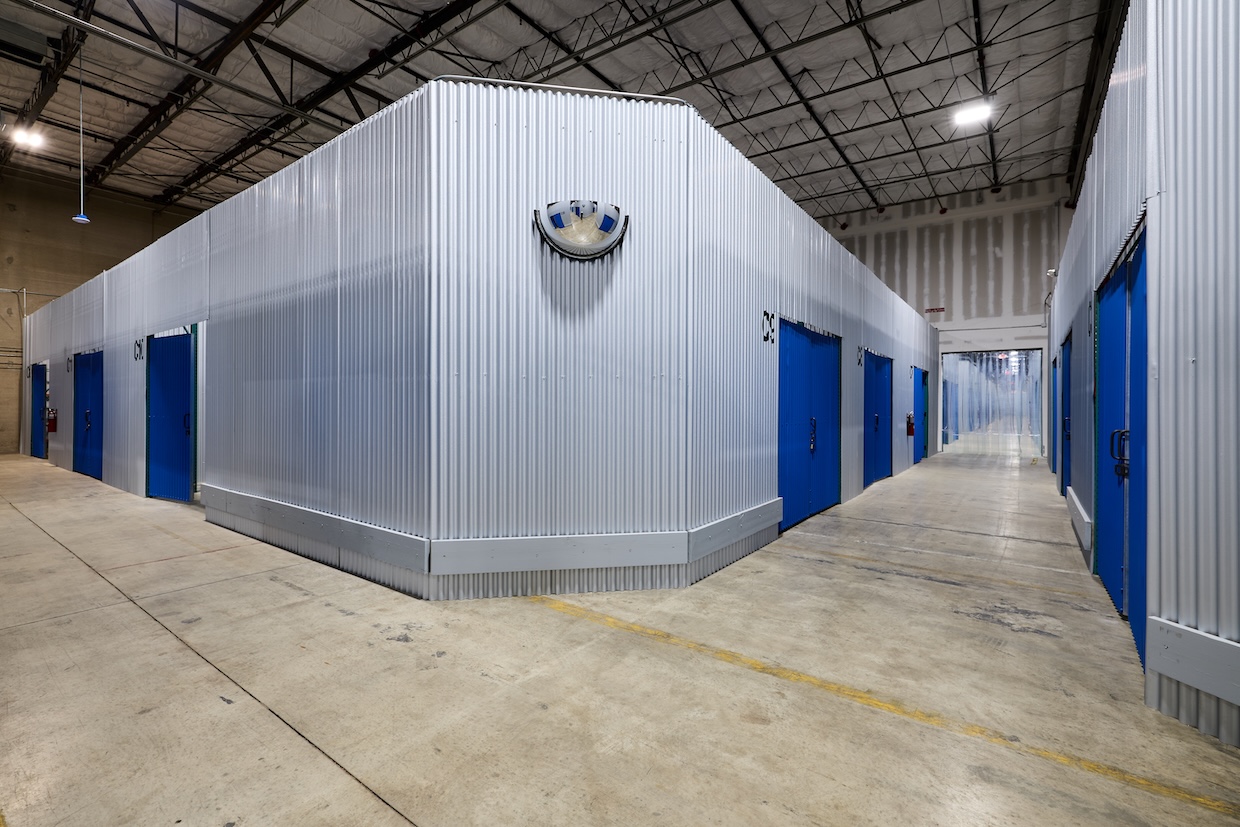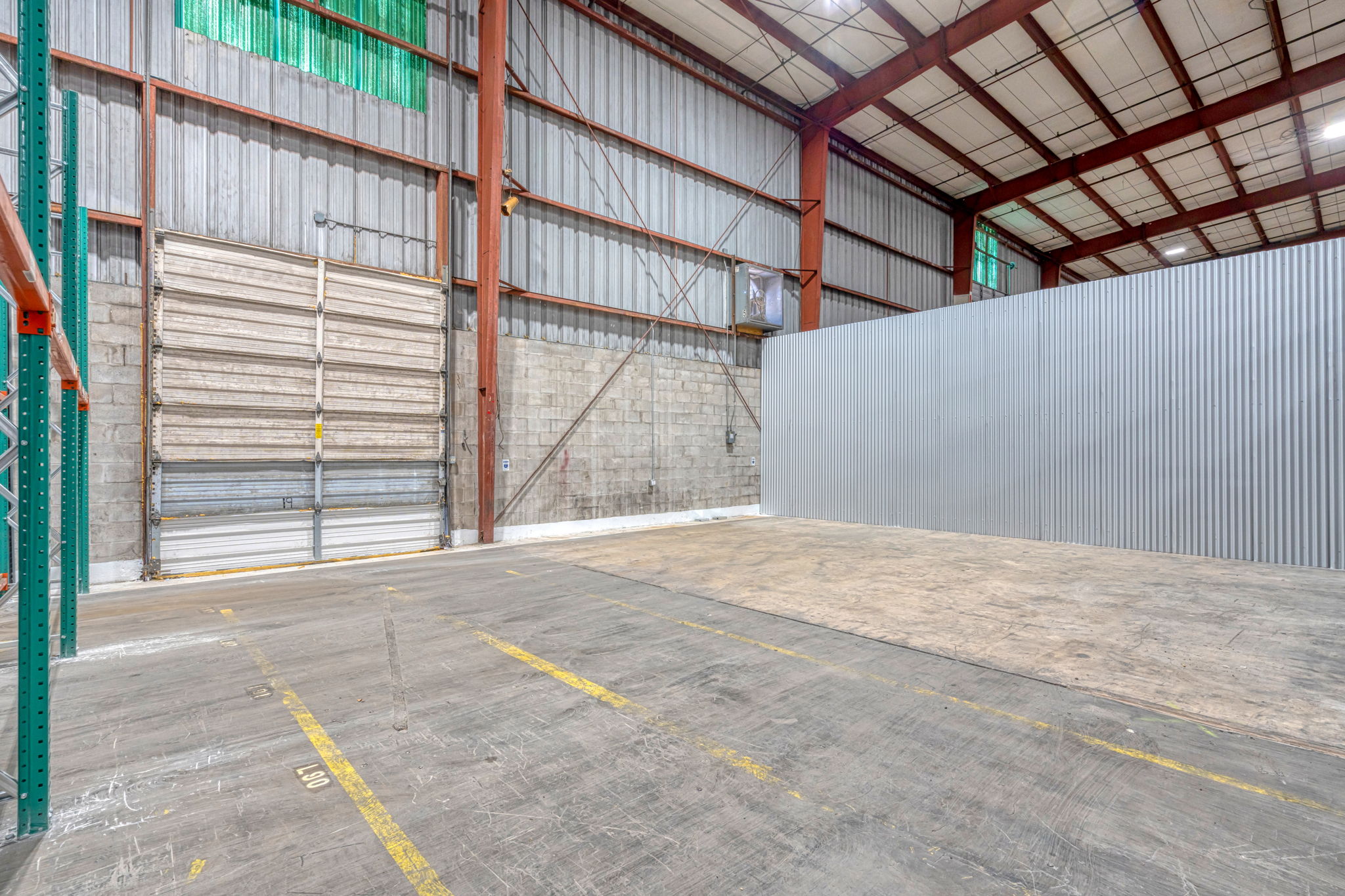Denver Warehouse Market Report 2025: The Mile High Market Where Oversupply Creates Tomorrow’s Winners
Denver Warehouse Market Report 2025: The Mile High Market Where Oversupply Creates Tomorrow’s Winners
Denver’s warehouse market tells a counterintuitive story: today’s elevated vacancy is creating tomorrow’s opportunity. While vacancy rates climbed to 7.9-9.8% through mid-2025—a 150-basis-point increase from 2024—the market fundamentals tell a different story than simple oversupply. Construction starts have fallen to decade lows, absorption remains positive, and the Big Beautiful Bill Act’s accelerated depreciation schedule is positioning Denver as a manufacturing reshoring target. The current vacancy spike isn’t weakness; it’s the brief window before the next tightening cycle begins.

FACT BOX: Denver Warehouse Market Snapshot
- Overall Vacancy Rate: 7.9-9.8% (Q2-Q3 2025)
- Average Rental Rate: $8.96-9.00/SF NNN
- YoY Rent Change: Holding steady (0-2%)
- H1 2025 Absorption: 400,000-550,000 SF net positive
- Under Construction: 4.9 million SF (80% in Northeast/East)
- Construction Activity: Down 18.2% YoY, at decade lows
- Small Bay Vacancy (<50K SF): Limited new supply, premium rents
Current Market Conditions: Working Through the 2021-2023 Development Surge
Vacancy and Availability: The Oversupply Narrative Misses the Point
Denver warehouse vacancy expanded to 7.9-9.8% by Q3 2025, reflecting the delivery of approximately 900,000 SF of vacant space in Q2 alone. But context matters: this isn’t demand destruction—it’s supply digestion. The 2021-2023 development boom produced over 30 million SF of new warehouse space, and the market is methodically absorbing it. Net absorption remained positive at 400,000-550,000 SF in H1 2025, demonstrating continued tenant demand despite the elevated vacancy headline.
The East submarket continues driving industrial leasing activity, with 80% of current construction concentrated in Northeast and East Denver. The market’s central U.S. location and Denver International Airport’s position as a major distribution hub maintain steady demand from e-commerce and third-party logistics providers.
Rental Rates: Holding Firm Despite Inventory Overhang
Denver warehouse rental rates averaged $8.96-9.00 per square foot NNN through Q3 2025, showing remarkable resilience despite rising vacancy. Year-over-year rent growth has been modest (0-2%), but the lack of rent compression signals landlord confidence in long-term fundamentals. This stands in stark contrast to markets experiencing true oversupply crises, where rents typically decline 5-10% during vacancy spikes.
Small bay properties (under 50,000 SF) continue commanding premium rents due to limited new construction in this segment. Developers focused almost exclusively on Class A big-box facilities (100,000+ SF) during the recent development boom, creating a structural supply shortage for small bay users that persists today.
Leasing Activity: Mid-Sized Spaces Leading Absorption
Q1 2025 warehouse leasing activity totaled 2.3 million SF, with H1 2025 reaching 5.5 million SF overall. Notably, mid-sized spaces (20,000-49,000 SF) are showing the strongest velocity, as small and medium-sized businesses take advantage of increased availability and improved negotiating leverage.
National Tire Wholesale’s 264,431 SF lease at 2470 Airport Boulevard exemplifies the type of distribution and logistics activity continuing to drive Denver absorption. E-commerce fulfillment, regional distribution, and last-mile delivery operations remain active despite the broader market recalibration.
Development Pipeline: Construction Discipline Creates 2026 Opportunity
New Construction at Decade Lows
Denver warehouse construction starts have plummeted 18.2% year-over-year, reaching the lowest levels since 2015. The current pipeline of 4.9 million SF under construction represents primarily build-to-suit projects or pre-leased facilities, not speculative development. This dramatic pullback in new supply is the critical factor that will drive market tightening through 2026-2027.
With construction financing scarce and developers burned by the 2023-2024 vacancy spike, speculative development has essentially halted. The 18-24 month lag between construction starts and deliveries means the supply drought will become increasingly apparent through 2026.
The Big Beautiful Bill Act Manufacturing Opportunity
Denver stands to benefit significantly from the Big Beautiful Bill Act’s accelerated depreciation schedule for manufacturing facilities. The legislation allows 100% bonus depreciation for qualified manufacturing equipment and facilities through 2028, creating powerful tax incentives for production nearshoring.
Colorado’s established aerospace, technology, and renewable energy manufacturing base positions Denver as a natural beneficiary of this policy shift. Several preliminary manufacturing warehouse projects have been announced in the Northeast submarket, though none have broken ground as of Q3 2025. The combination of accelerated depreciation benefits and Denver’s central U.S. location creates a compelling case for manufacturing warehouse development over the next 24 months.
Small Bay Warehouse Opportunities: The Overlooked Segment
Supply Shortage in Small Bay Properties
Denver warehouse tenants seeking space under 50,000 SF face the market’s tightest conditions. The 2021-2023 development boom focused almost exclusively on large-format, Class A properties targeting e-commerce and 3PL tenants, leaving small bay properties largely unaddressed. As of Q3 2025, virtually no new small bay warehouse construction is underway or planned.
This supply-demand imbalance translates to premium rents for small bay properties, often $1.50-3.00 per square foot higher than comparable large bay spaces. Small businesses, light manufacturers, and service operations face limited options and landlords with reduced incentive to offer concessions.
Who’s Positioned Best in Small Bay?
Owner-occupiers seeking to purchase small bay warehouse space (10,000-30,000 SF) have the most favorable environment. Sellers of older small bay properties are motivated, as institutional investors increasingly prefer large-format assets. This creates a buyer’s market for smaller facilities willing to accept Class B or C properties with 20-30 year old infrastructure.
Small bay lease tenants face a tougher environment, with landlords of well-located properties maintaining firm rent expectations and limited concessions. However, properties in secondary industrial submarkets (Brighton, Commerce City outskirts) offer better negotiating opportunities as tenants prove willing to accept slightly less central locations.
2026 Market Outlook: From Oversupply to Opportunity
Near-Term Tenant Favorable Environment (Q4 2025 – Q2 2026)
The next 6-9 months represent peak negotiating leverage for Denver warehouse tenants. Vacancy remains elevated, concessions are increasing, and landlords are actively seeking quality tenants to stabilize properties delivered in 2023-2024. Lease incentives including free rent (2-4 months), tenant improvement allowances ($5-15/SF), and flexible lease terms are more readily available than at any point since 2020.
This window is temporary. As existing inventory absorbs and new construction remains dormant, vacancy rates should begin compressing in mid-2026.
Long-Term Tightening Cycle (2027+)
Denver’s warehouse market appears positioned for a renewed tightening cycle beginning in 2026-2027. The combination of construction at decade lows, positive absorption continuing, and potential manufacturing warehouse demand from accelerated depreciation policies creates upward pressure on both vacancy and rents.
Markets that experience 12-18 months of supply discipline after an oversupply period typically see rapid vacancy compression—often 200-400 basis points in 18-24 months. Denver’s historically steady economic growth, diversified economy (tech, healthcare, logistics, aerospace), and central U.S. location provide fundamental support for this recovery trajectory.
Strategic Recommendations for Warehouse Tenants
For Businesses Seeking 20,000-100,000 SF:
- Act in Q4 2025 – Q2 2026 to capitalize on peak tenant leverage
- Target properties delivered 2023-2024 where landlords are motivated
- Negotiate aggressively on free rent and TI allowances
- Consider 5-7 year terms with options to extend (lock in favorable economics)
For Small Bay Users (<20,000 SF):
- Explore purchase opportunities for older Class B/C properties
- Consider secondary submarkets (Brighton, Commerce City) for better lease economics
- Prepare for limited options and firmer pricing regardless of broader market vacancy
For Manufacturing/Light Industrial:
- Evaluate Big Beautiful Bill Act depreciation benefits for owned facilities
- Focus on Northeast submarket for manufacturing infrastructure
- Consider build-to-suit options if site requirements are specific
For Opportunistic Investors:
- Target well-located small bay properties (10,000-50,000 SF)
- Recent construction big-box facilities at slight discounts (pre-stabilized)
- Northeast Denver for long-term manufacturing warehouse potential
The Bottom Line
Denver’s current warehouse market vacancy spike is a temporary phenomenon masking stronger underlying fundamentals. Construction at decade lows, positive absorption, accelerated manufacturing depreciation benefits, and structural small bay supply shortages position the market for renewed tightening through 2026-2027. The next 6-9 months represent the best tenant negotiating environment in five years—a brief window before supply discipline translates to rising rents and falling vacancy.
The Mile High Market’s oversupply isn’t weakness; it’s the setup for tomorrow’s winners.
Data Sources & Market Research
This Denver warehouse market report synthesizes data from the following authoritative sources:
- Avison Young – Denver Industrial Market Report Q2 2025
- Cushman & Wakefield – Denver Warehouse Market Analysis Q2 2025
- Newmark – Denver Industrial Real Estate Market Overview Q3 2025
- Savills – U.S. Industrial Market Report Q2 2025
- Hoff & Leigh – Denver Metro Industrial Market Q2 2025
- JLL – Industrial Outlook Q3 2025
- CBRE – U.S. Industrial & Logistics Figures Q2 2025


